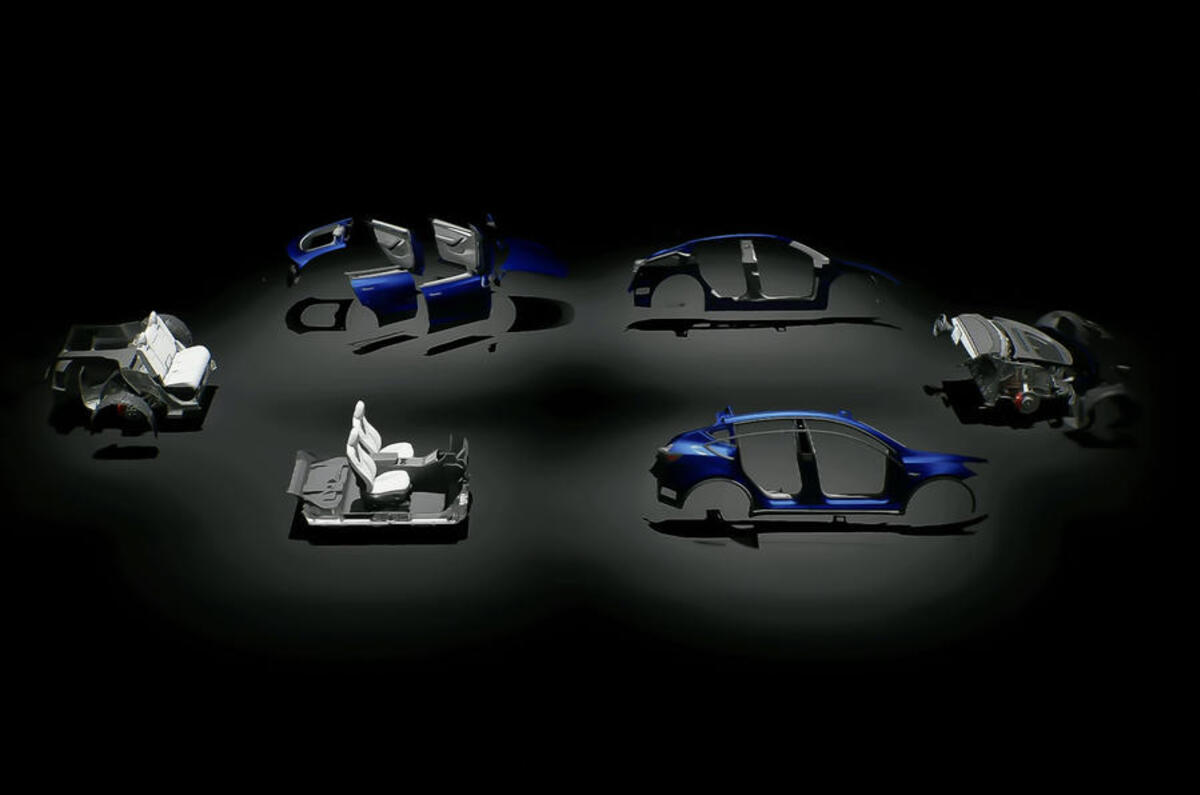What a difference a year makes. In spring last year, Tesla threw open the doors of its Texas Gigafactory to investors in order to lay out plans for global domination of the automotive industry with sales of 20 million a year.
Now those plans – for a new Mexican plant, for an affordable ‘next-gen’ Model 2, for a new ‘unboxed’ production process, for more gigacasting – essentially lie in ruins.
The ‘deep bench’ of executives who took to the stage to explain their role in the transformation has been decimated amid a series of brutal job cuts. Victims include the chief financial officer, head of charging infrastructure, head of batteries, head of powertrain engineer and the head of HR.
Indeed, the entire Supercharging team was let go this week in one of the most surprising actions as part of the recent announcement from CEO Elon Musk that staff would be cut by 10% globally. It was surprising because Tesla’s charging network is often thought of as the jewel in the crown of the brand’s global operation in terms of attracting new customers.
The catalyst for the upheaval is likely to have been a disappointing set of first-quarter results in which revenues declined 9% on the back of fewer deliveries than in the same quarter last year, while operating margin halved from 11.4% to 5.5%. Meanwhile, inventory (namely, unsold stock) soared from 15 days' supply to 25 days.
Operating expenses, meanwhile, shot up 37% to $2.5 billion (£2bn), while free cash flow reversed from a healthy positive to a negative $2.5bn, although Tesla said it expected that to be reversed in the next quarter as excess stock gets sold and the impact from the lay-offs is felt.
Amazingly, Tesla’s industry-leading market valuation wasn’t dented by the quarterly report or investor call, and in fact went up, likely because Musk added a bit of context to the explosive report earlier in April revealing that Tesla had abandoned the Model 2 in favour of reviving an old promise to advance self-driving to the point where its entire fleet becomes autonomous capable.
“The strong positive market reaction to Tesla’s mixed Q1 in our view represented some relief that Tesla is not completely giving up on selling cheaper consumer models, nor is it staking the company’s entire future on Robotaxi,” Emmanuel Rosner, analyst at Deutsche Bank, wrote in a note to investors.
Nevertheless, Musk’s responses on the company earnings call left “large unanswered questions” around what’s going to happen in place of the Model 2, Rosner warned. In response to the crucial question about Tesla’s future model plan, Musk answered with a painful lack of detail: “We've updated our future vehicle line-up to accelerate the launch of new models ahead.”





Add your comment